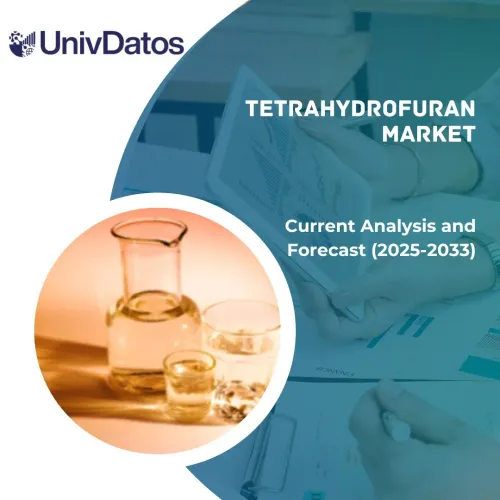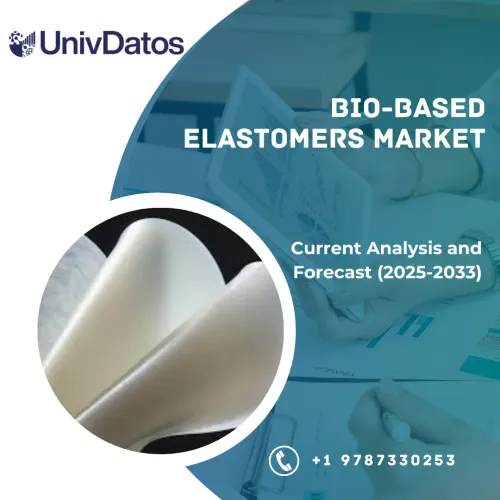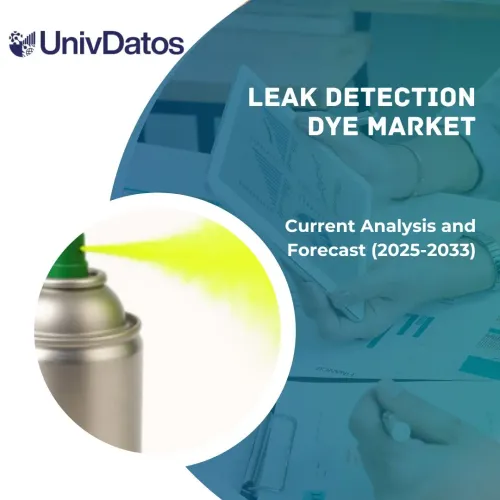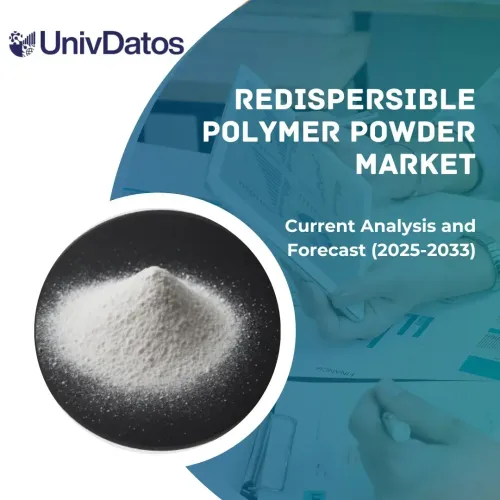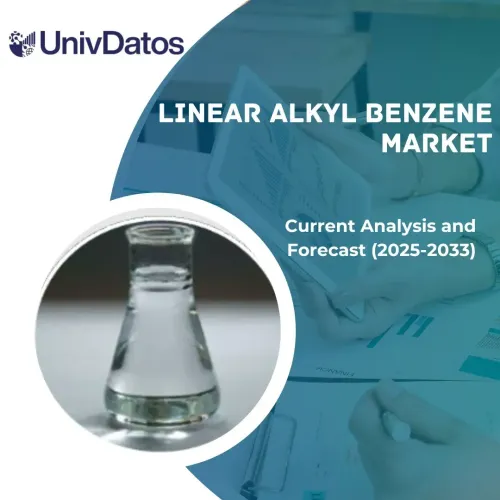Qコマースパッケージング市場:現状分析と予測(2022年~2028年)
タイプ別(段ボール、プラスチック、紙、その他);用途別(食品、雑貨、その他);地域別、国別
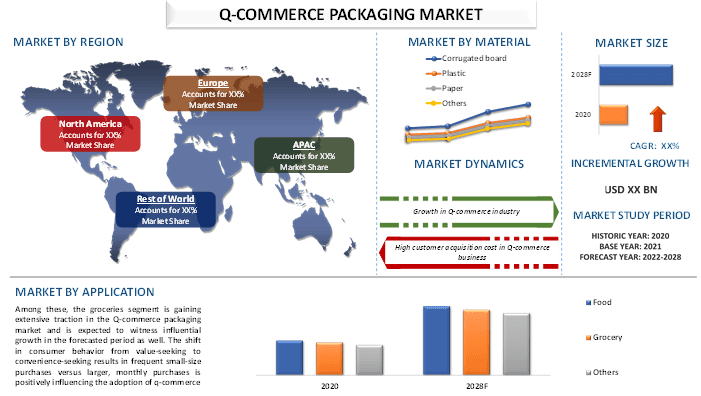
世界のQコマース包装市場は、予測期間中に堅調な成長を示す可能性が高いです。Qコマース包装業界は、多数の中小規模のローカルプレーヤーが存在するため、本質的に競争が激しいです。その結果、この分野で事業を展開する企業は、著名な市場での地位を維持するのに多くの困難に直面しています。ただし、世界のQコマース市場は、インターネットの民主化と、需要を監視しリアルタイムで在庫を調整するAIやその他の高度なテクノロジーへの投資の増加により、活況を呈すると予想されています。これは、バリューチェーン全体で重要なコンポーネントの1つであるため、包装の消費を直接的に促進します。さらに、10分未満の配達市場でのスタートアップの数が増加しており、最終製品を保護するだけでなく、Qコマースプレーヤーの運用コストを大幅に増加させない新しいタイプの包装ソリューションに対する需要が高まっています。さらに、予測可能な将来における高い成長の可能性により、投資家のQコマースビジネスへの関心が高まっており、それによってQコマース市場が拡大し、Qコマース包装業界の成長を促進する可能性があります。
レポートで提示される洞察
「タイプ別では、プラスチックがパイの大部分を占めています」
タイプに基づいて、市場は段ボール、プラスチック、紙、その他に分類されます。これらのうち、プラスチックタイプの包装が市場の大きなシェアを占めていました。これは、Qコマースでは製品が60分以内に配達されるため、最終製品は、eコマースチャネルを通じて製品が配達される場合と比較して、保護が制限されるという事実に起因すると考えられます。さらに、Qコマース配達のタッチポイントが限られているため、プラスチック包装は企業の間で好ましい選択肢となっています。
「アプリケーション別では、食料品が予測期間にわたって包装に対する大きな需要を示す可能性が高いです」
アプリケーションに基づいて、市場は食品、食料品、その他に分類されます。これらのうち、食料品セグメントはQコマース包装市場で大きな注目を集めており、予測期間中も大きな成長が見込まれます。消費者の行動が価値重視から利便性重視に移行した結果、毎月のより大きな購入ではなく、頻繁な小規模購入が発生し、Qコマースの採用にプラスの影響を与えています。
「アジア太平洋地域は、予測期間中に大きな成長を示す可能性が高いです」
Qコマース包装の市場採用をよりよく理解するために、市場は、北米(米国、カナダ、北米のその他の地域)、ヨーロッパ(ドイツ、英国、フランス、イタリア、スペイン、ヨーロッパのその他の地域)、アジア太平洋(中国、日本、インド、アジア太平洋のその他の地域)、および世界のその他の地域などの国における世界的なプレゼンスに基づいて分析されています。アジア太平洋地域は、Qコマース包装市場の大きなシェアを占めており、予測期間中も大きな市場の成長が見込まれます。これは主に、商品やサービスを自宅に直接配達するメリットを消費者が実感しているため、Qコマースへの依存度が高まっているためです。たとえば、GSMAによると、2020年には、東アジアと太平洋の人口の64%がモバイルインターネットに接続しており、4Gカバレッジは2019年の人口の35%から2020年には50%以上に増加しています。
このレポートを購入する理由:
- この調査には、認証された主要な業界専門家によって検証された市場規模と予測分析が含まれています
- レポートは、業界全体のパフォーマンスの概要を一目で示します
- レポートは、主要なビジネス財務、製品ポートフォリオ、拡張戦略、および最近の開発に重点を置いて、著名な業界ピアの詳細な分析をカバーしています
- 業界で普及している推進要因、制約、主要なトレンド、および機会の詳細な調査
- この調査では、さまざまなセグメントにわたる市場を包括的にカバーしています
- 業界の詳細な国レベル分析
カスタマイズオプション:
世界のQコマース包装市場は、要件またはその他の市場セグメントに応じてさらにカスタマイズできます。これに加えて、UMIは、お客様が独自のビジネスニーズをお持ちであることを理解しているため、お客様の要件に完全に適合するレポートを入手するために、お気軽にお問い合わせください。
目次
グローバルQコマース包装市場分析(2020年~2028年)の調査方法
Qコマース包装の過去の市場を分析し、現在の市場を推定し、将来の市場を予測するために、世界の導入状況を作成および分析するための3つの主要なステップが実行されます。過去の市場数値を収集し、現在の市場規模を推定するために、徹底的な二次調査が実施されました。次に、これらの洞察を検証するために、多数の調査結果と仮定が考慮されました。さらに、業界のバリューチェーン全体にわたる業界の専門家との徹底的な主要インタビューも実施されました。主要なインタビューを通じて市場数値を仮定および検証した後、完全な市場規模を予測するためにボトムアップアプローチを採用しました。その後、市場の内訳とデータの三角測量方法を採用して、業界に関連するセグメントとサブセグメントの市場規模を推定および分析しました。詳細な方法論を以下に説明します。
過去の市場規模の分析
ステップ1:二次資料の詳細な調査:
Qコマース包装の過去の市場規模を取得するために、会社の内部資料(年次報告書と財務諸表、業績発表資料、プレスリリースなど)や、ジャーナル、ニュースと記事、政府刊行物、競合他社の刊行物、セクターレポート、サードパーティのデータベース、その他の信頼できる刊行物などの外部資料を通じて、詳細な二次調査を実施しました。
ステップ2:市場セグメンテーション:
Qコマース包装市場の過去の市場規模を取得した後、主要地域のさまざまなセグメントとサブセグメントに関する現在の市場の洞察とシェアを収集するために、詳細な二次分析を実施しました。主要なセグメントは、種類とアプリケーション別にレポートに含まれています。さらに、グローバルでのQコマース包装の全体的な導入状況を評価するために、地域および国レベルの分析を実施しました。
ステップ3:要因分析:
さまざまなセグメントとサブセグメントの過去の市場規模を取得した後、Qコマース包装の現在の市場規模を推定するために、詳細な要因分析を実施しました。さらに、10分以内の配送やデジタル化に対する嗜好の高まりなど、従属変数と独立変数を使用して要因分析を実施しました。Qコマース包装業界における投資の増加、トップパートナーシップ、M&A、事業拡大、製品発売を考慮して、需要と供給側のシナリオの詳細な分析を実施しました。
現在の市場規模の推定と予測
現在の市場規模の算定:上記の3つのステップからの実用的な洞察に基づいて、現在の市場規模、グローバル市場の主要なプレーヤー、および各セグメントの市場シェアに到達しました。必要なパーセンテージシェアの分割と市場の内訳はすべて、上記の二次的なアプローチを使用して決定され、主要なインタビューを通じて検証されました。
推定と予測:市場の推定と予測では、利害関係者にとって利用可能な推進要因とトレンド、制約、機会を含むさまざまな要因に重みが割り当てられました。これらの要因を分析した後、関連する予測手法(つまり、ボトムアップアプローチ)を適用して、グローバル全体の主要地域にわたるさまざまなセグメントとサブセグメントの2028年の市場予測に到達しました。市場規模の推定に採用された調査方法論には、以下が含まれます。
- 主要市場全体での価値(USドル)とQコマース包装の導入率の観点からの業界の市場規模
- 市場セグメントとサブセグメントのすべてのパーセンテージシェア、分割、および内訳
- Qコマース包装市場の主要なプレーヤー。また、急速に成長する市場で競争するためにこれらのプレーヤーが採用した成長戦略
市場規模とシェアの検証
一次調査:主要な地域のトップレベルのエグゼクティブ(CXO / VP、営業責任者、マーケティング責任者、運用責任者、地域責任者、国責任者など)を含む主要なオピニオンリーダー(KOL)との詳細なインタビューを実施しました。次に、一次調査の結果を要約し、述べられた仮説を証明するために統計分析を実行しました。一次調査からのインプットは二次的な調査結果と統合され、それによって情報を実用的な洞察に変えました。
利害関係者と地域別の一次参加者の分割
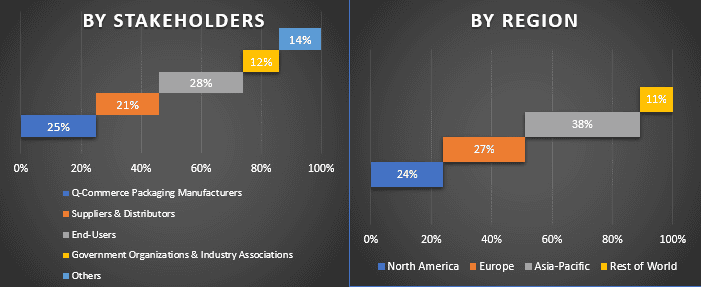
市場エンジニアリング
データ三角測量手法を採用して、全体的な市場推定を完了し、グローバルQコマース包装市場の各セグメントとサブセグメントの正確な統計数値に到達しました。種類とアプリケーションの分野におけるさまざまなパラメータとトレンドを調査した後、データをいくつかのセグメントとサブセグメントに分割しました。
Qコマース包装市場調査の主な目的
グローバルQコマース包装の現在および将来の市場動向が調査で特定されました。投資家は、調査で実施された定性的および定量的分析に基づいて投資に関する裁量を行うための戦略的洞察を得ることができます。現在および将来の市場動向は、国レベルでの市場の全体的な魅力を決定し、産業参加者が未開拓の市場を活用して先行者利益として利益を得るためのプラットフォームを提供します。調査のその他の定量的な目標には、以下が含まれます。
- 価値(USドル)の観点から、Qコマース包装の現在および予測市場規模を分析します。また、さまざまなセグメントとサブセグメントの現在および予測市場規模を分析します
- 調査のセグメントには、種類とアプリケーションの分野が含まれます
- Qコマース包装業界の規制枠組みの定義された分析
- 業界の顧客と競合他社の行動を分析するとともに、さまざまな仲介業者の存在に関連するバリューチェーンを分析します
- 主要国のQコマース包装の現在および予測市場規模を分析します
- レポートで分析された主要な地域/国には、北米(米国、カナダ、北米のその他)、ヨーロッパ(ドイツ、英国、フランス、イタリア、スペイン、ヨーロッパのその他)、アジア太平洋(中国、日本、インド、アジア太平洋のその他)、および世界のその他が含まれます
- Qコマース包装市場のプレーヤーの会社概要と、成長市場を維持するために彼らが採用した成長戦略
- 業界の詳細な国レベルの分析
関連 レポート
この商品を購入したお客様はこれも購入しました

